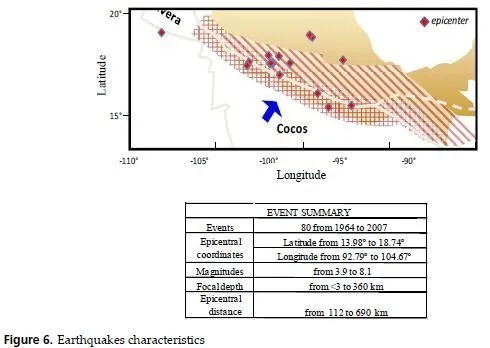Perhaps the most widely used modelling framework is the Input-Output model. The method has been extensively discussed in the literature (for example, in [28-30]). The method is a linear model, which includes purchase and sales between sectors of an economy based on technical relations of production. The method specially focuses on the production interdependencies among the elements and, therefore, is applicable for efficiently exploring how damage in a party or sector may affect the output of the others. HAZUS has employed the model in its indirect loss estimation module [31].
Computable General Equilibrium (CGE) offers a multi-market simulation model based on the simultaneous optimization of behaviour of individual consumers and firms in response to price signals, subject to economic account balances and resource constraints. The nonlinear approach retains many of the advantages of the linear I-O methods and overcomes most of its disadvantages [32].
As the third alternative, econometric models are statistically estimated as simultaneous equation representations of the aggregate workings of an economy. A huge data collection is required for the model and the computation process is usually costly [33].
As another approach, Social Accounting Matrices (SAMs) have been utilized to examine the higher-order effects across different socio-economic agents, activities and factors. Cole, in [34-36], studied the subject using one of the variants of SAM. The SAM approach, like I-O models, has rigid coefficients and tends to provide upper bounds for estimates. On the other hand, the framework can derive the distributional impacts of a disaster in order to evaluate equity considerations for public policies against disasters. A summary of the advantages and disadvantages of the models mentioned has been presented in Table 3 [37].
The economic consequences of earthquakes due to the intensity of the event and the characteristics of the affected structures may be influential on a large-scale economy. As an example, the loss flowing from the March 2011 earthquake and tsunami in east Japan could amount to as much as $235 billion and the effects of the disaster will be felt in economies across East Asia [3]. To study how the damage to an economic sector of society may ripple into other sectors, regional economic models are employed. Several spatial economic models have been applied to study the impacts of disasters. Okuyama and Chang, in [30],??summarized the experiences about the applications of the three main models – namely Input-Output, Social Accounting and Compatible General Equilibrium – to handle the impact of disaster on socio-economic systems, and comprehensively portrayed both their
merits and drawbacks. However, they are based on a number of assumptions that are
questionable in, for example, seismic catastrophes.
Studies have been recommended to address issues such as double-counting, the response of households and the evaluation of financial situations. According to the National Research Council, ‘the core of the problem with the statistically based regional models is that the historical relationship, embodied in these models, is likely to be disrupted in a natural disaster. In short, regional economic models have been developed over time primarily to forecast future economic conditions or to estimate the effects of a permanent change (e.g., the opening or closing of a manufacturing plant). The random nature and abruptness of a natural disaster do not fit the event pattern upon which regional economic models are based [38].

Yamano et al., in [39], examined the economic impacts of natural disasters using the originally estimated finer geographical scale production datasets and the redefined interregional inputoutput table. For more effective estimates of the direct losses of the disasters, the precise geographical information of industrial distribution was required because most of the economic data was published according to political boundaries, which may be too aggregated to provide practical information for disaster preventions and retrofit policies. The direct losses were captured by the output data at the district level (500square meters) by sector and population density. The map of economic hotspots was obtained after estimating the economic importance of each district. They showed that the advantages of finer geographical scale datasets and the total economic losses are not proportional to the distributions of the population and industrial activities. In other words, the disaster prevention and retrofit policies have to consider the higher-order effects in order to reduce the total economic loss [39].
It has been shown that in having both virtues and limitations, these alternate I-O, CGE or econometric frameworks may be chosen according to various considerations, such as data collection/compilation, the expected output, research objectives and costs. Major impediments to analysing a disasters impact may involve issues related to data collection and estimation methodologies, the complex nature of a disasters impact, an inadequate national capacity to undertake impact assessments and the high frequency of natural disasters.



